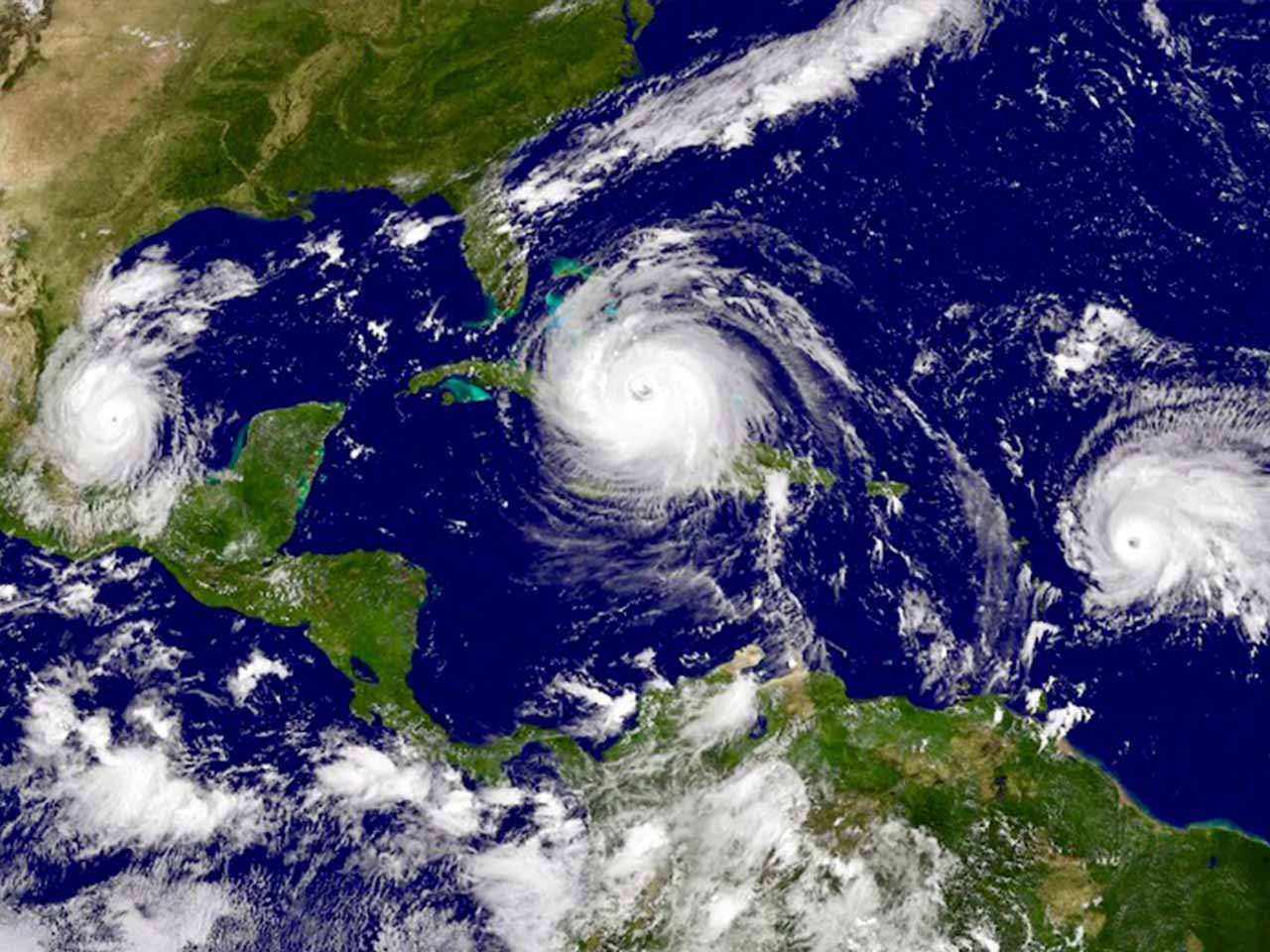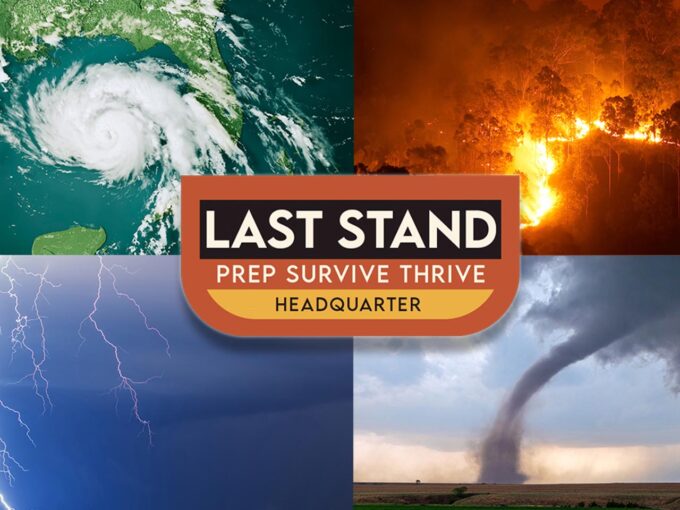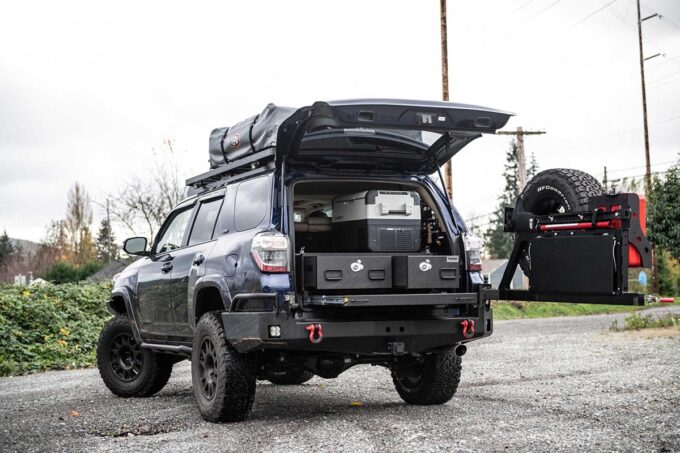Listen up, hurricanes are nature’s way of testing your grit. You don’t just sit there hoping for the best you prep hard, reinforce your castle, and stock up like your life depends on it. Here’s how to get your home and family hurricane-ready, from strengthening your walls to turning that wood shed into a bunker, plus how long you’ll need to hold out ‘til the cavalry arrives.
Step 1: Harden Your Home Like a Fortress
First things first, your house ain’t surviving Category 3 winds unless you toughen it up. Here’s the rundown:
- Windows: Board ‘em up with 5/8-inch plywood screw it into the frame, not just nailed. Hurricane shutters work too if you’ve got the cash. No half-assing this; flying glass is a death trap.
- Doors: Reinforce ‘em with deadbolts and heavy-duty hinges. Garage doors? Brace ‘em with vertical supports or swap for a storm-rated one. Weak doors cave, and then you’re screwed.
- Roof: Strap it down with hurricane clips or straps if you can get up there. Loose shingles? Glue ‘em with roofing cement. A roof that holds is your first line of defense.
- Gutters & Drains: Clear ‘em out. Flooding’s a bastard, and clogged runoff makes it worse.
- Outdoor Gear: Tie down anything that ain’t bolted patio furniture, grills, whatever. That stuff turns into missiles in 100 mph winds.
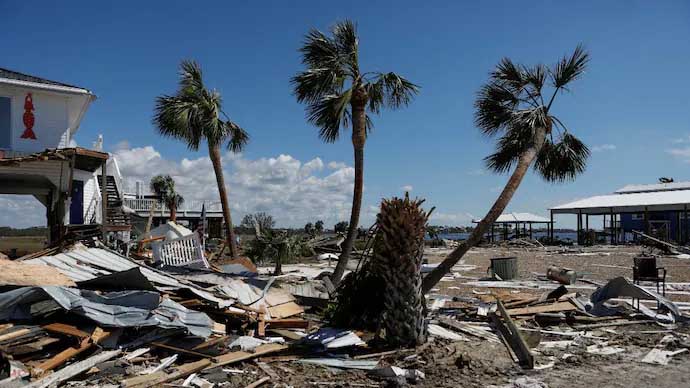
Step 2: Turn That Woodshed Into a Bunker
Got a spot under the house like a wood storage nook? Hell yeah, that’s prime real estate for a bunker. Here’s how to make it a legit storm stronghold:
- Walls: Reinforce with concrete blocks or sandbags if you can. Wood alone won’t cut it against debris or flooding. Seal cracks with caulk water’s sneaky.
- Roof/Support: Shore it up with 2x4s or steel beams. You’re not hiding from rainbows here; it’s gotta hold if the house takes a hit.
- Entrance: Rig a heavy-duty hatch or door think steel or thick wood with a solid latch. Camouflage it if you’re paranoid about looters.
- Ventilation: Drill a couple small, covered holes or pipe in some PVC for air. You don’t wanna suffocate while the wind’s howling.
- Supplies: Stash a go-bag in there water, food, flashlight, batteries, first aid kit, and a crowbar in case you gotta dig out. Add a bucket and plastic bags for a makeshift toilet. Glamorous? No. clutch? Hell yes.
Step 3: Stockpile Food and Water—How Long You Holding Out?
State help? Ha, good luck. After a hurricane, roads are trashed, power’s out, and FEMA’s swamped. Plan to be on your own for at least 7-14 days. Here’s the math:
- Water: 1 gallon per person per day. That’s drinking, cooking, and a splash to stay human. For a family of 4, that’s 56-112 gallons. Get barrels or stackable jugs tap water’s toast when pipes burst.
- Food: Go non-perishable—canned goods (beans, tuna, veggies), peanut butter, jerky, protein bars, and dry stuff like rice or pasta if you’ve got a camp stove. Aim for 2,000 calories per person daily. No fridge? No problem stock what lasts.
- Cooking: Grab a propane stove or grill with extra fuel. Power’s out, and raw beans ain’t a vibe.
- Extras: Manual can opener, plastic plates, and a stash of trash bags. Rotting garbage stinks worse than the storm surge.
Bonus Tips: Ride It Out Like a Pro
- Power: Get a generator if you can, plus 5 salted away gas 20 gallons minimum. Solar chargers or battery banks work too. Keep phones and radios alive.
- Docs: Stash your IDs, insurance papers, and cash in a waterproof bag. Digital backups on a USB too.
- Plan: Know your evac route, but if you’re bunkering down, tell someone outside the zone where you’re at.
When that hurricane hits, you’re not a victim you’re a survivor. Prep now, ‘cause when the wind starts screaming, it’s too damn late.

Coastal Shelter Showdown: Keeping the Surge Out When the Ocean Invades
A shelter near the coast can be legit, but it’s a gamble unless you build it like a tank. Water’s the enemy storm surges can hit 10-20 feet or more, depending on the hurricane’s punch, and regular flooding turns your hideout into a soggy coffin. So, here’s how you make it work:
- Elevation’s King: Don’t even think about a ground-level bunker. You need height—raise that shelter on stilts or pilings, at least 15-20 feet above sea level if you can swing it. Check your local flood maps (FEMA’s got ‘em) to see how high surges hit your spot. No elevation? You’re swimming, not surviving.
- Concrete Over Wood: Forget flimsy sheds. Go for reinforced concrete walls and a slab foundation water laughs at plywood. Seal every crack with waterproof caulk or epoxy. Surge’ll still test it, but it won’t fold easy.
- Drainage Game: Rig the area with trenches or a French drain system to shunt water away. Sandbags stacked high around the base can slow the tide too just don’t bank on ‘em stopping a full-on surge.
- Waterproof the Core: Steel door with a tight seal, like a submarine hatch. Windows? Skip ‘em or use storm-rated ones you can shutter. Inside, keep gear on racks off the floor water sneaks in, you’re still dry where it counts.
- Plan B: Coastal shelters are dicey, period. If the hurricane’s Category 3 or higher, evac might be smarter than bunkering. Surge maps say 6-10 feet for a Cat 2, 20+ for a Cat 5 your call if that shelter’s holding.

Hurricane Danger Levels: Know What’s Coming
Hurricanes ain’t all the same some’ll just mess up your yard, others’ll flatten your life. They’re rated on the Saffir-Simpson Scale, Category 1 to 5, based on wind speed. Here’s the breakdown:
- Category 1 (74-95 mph): Annoying but survivable. Branches down, power out. Prep anyway don’t sleep on it.
- Category 2 (96-110 mph): Shit gets real. Trees snap, roofs peel, days without juice. You’re bunkered or dumb.
- Category 3 (111-129 mph): Major badass. Walls collapse, floods roll in. Evac if you’re coastal, hunker if you’re inland.
- Category 4 (130-156 mph): Kiss normal goodbye. Houses shred, towns drown. Bunker down or you’re toast.
- Category 5 (157+ mph): Endgame. Total wipeout think Katrina or Ian. If you’re staying, you better be a fortress.
Watch for codes too: Hurricane Watch means it’s possible in 48 hours start prepping. Hurricane Warning means it’s coming in 36 hours go time. Check NOAA or your local alerts, ‘cause when the sky turns black, you’re on your own.
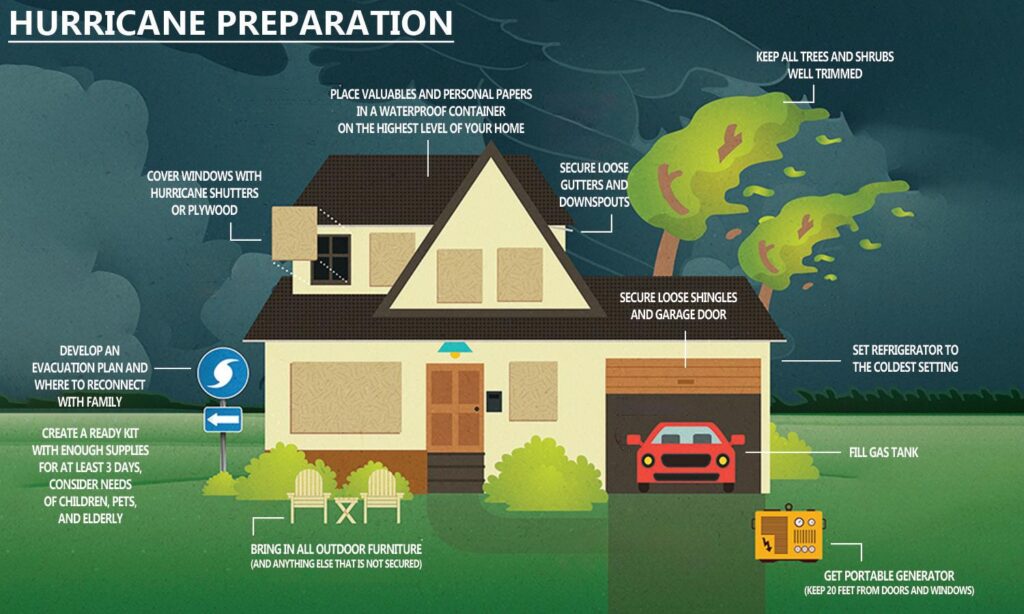
Be prepared and take a look at our other articles;
Radiation Exposure Survival: Iodine Dosage & Emergency Actions
When the blast hits and sirens wail, you don’t have time to Google your next move. This is what prepping is all about—nuclear readiness. Here’s your no-BS guide to surviving...
ByPrestonApril 20, 2025
